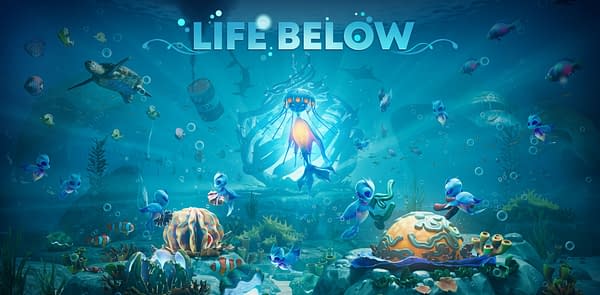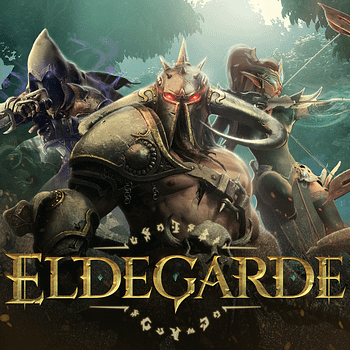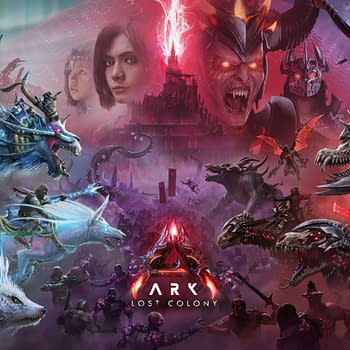Posted in: Games, Kasedo Games, Video Games | Tagged: Life Below, Megapop
Life Below Drops New Info Exploring Its Real-Life Science
The developers for the upcoming game Life Below decided to share more info about the real-life science that went into the game's mechanics
Article Summary
- Life Below is a science-inspired city builder set in a dynamic underwater reef ecosystem.
- Developers worked with real marine biologists to ground all game mechanics in true ocean ecology.
- Players must manage coral growth, predator-prey cycles, and environmental threats like algae blooms.
- The game blends scientific realism with fantasy to inspire ocean appreciation and conservation.
Developer Megapop and publisher Kasedo Games have released new information about the game Life Below, detailing the science behind their choices in the game. The team released the info we have for you below, going over some of the real-life aquatic science that went into the mechanics and design, giving players a little more info as to how things actually work and how they're based on things that actually happen under the water. Enjoy reading up on it as the game is still being planned for a 2026 release.

Life Below
A City Builder Rooted in Science
Megapop worked closely with marine biologists to ground Life Below in real-world oceanic systems. Coral growth, predator-prey relationships, and even water conditions are modeled on ecological research, but simplified and stylised for accessible, engaging gameplay.
"We wanted Life Below to feel alive in a way that mirrors real ocean ecology," says Lise Hagen Lie, Game Director at Megapop. "Every algae bloom, every temperature surge, every shift in water conditions is inspired by actual ecological principles. It's a game built on realism, with a gameplay twist."
Drawing on research, Megapop and its scientific consultants explored how even the smallest components of a reef ecosystem contribute to its survival. "In life everything has a purpose. The ecosystems only function with all the small parts doing their work," explains Karin Raamat, Marine Ecologist. "If you remove or change one little thing, the whole ecosystem can collapse." This philosophy helped shape the game's interconnected systems, from how invasive species like lionfish can decimate native fish populations if left unchecked, to how increases in water acidity threaten coral health throughout the various reef biomes.
By examining the real roles played by animals, structures, and physical parameters like pollution and human influence, the team translated complex ecological concepts into intuitive gameplay. Natural occurrences such as algae blooms, where too much algae de-oxyginates the water, or fluctuations in temperature became opportunities for creative problem-solving and strategic planning. "Discussing disasters brought up many creative ideas," Karin added, and those ideas now form some of Life Below's most compelling challenges, highlighting both the fragility and resilience of reef ecosystems.
Where Science Meets Gameplay
While grounded in real marine science, Life Below also embraces fantasy. Players step into the role of Thalassa, the newly appointed guardian of the reef, tasked with rebuilding fragile coral reefs and attracting a range of new species to thrive in an underwater community.
Characters such as Thalassa and her mentor, Pontus, along with gameplay elements such as the reef heart that players must protect at all costs, give Life Below more than just scientific depth. "Our aim isn't to develop a totally accurate reef simulation," says Lise, "but we do hope players come away with a deeper appreciation for the ocean and the delicate systems that sustain it."
By turning coral reefs into living 'cities', Life Below builds on its scientific foundations to offer a fresh perspective on both city building and ocean conservation. "I believe that a game such as Life Below will have a positive impact on marine life and protect the already changing world," adds Karin, "it is not so easy to bring people underwater, but it is a lot simpler to bring marine life to people through gaming. We need to show people what is happening in the marine ecosystems and what a perfect little machine there is beneath the waves".










